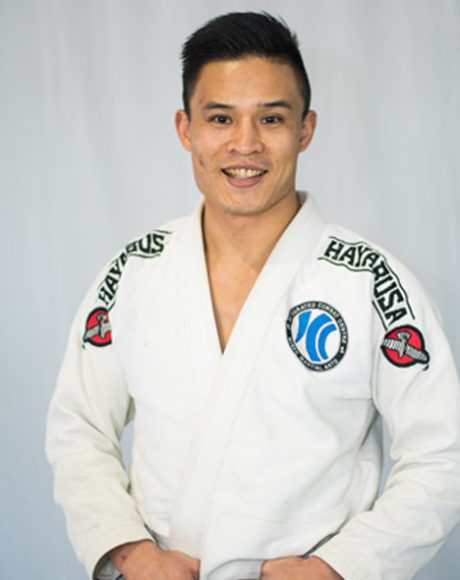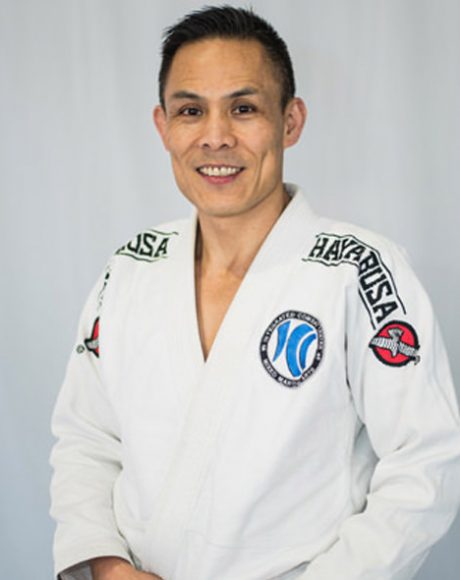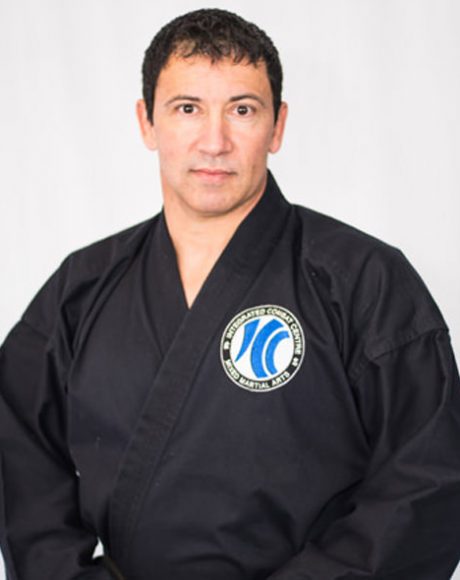How Far Can You Go to Protect Yourself from an Attacker?
Every day on the news we hear reports of a home invasion or aggravated assault, often on vulnerable women, adolescents and even the elderly. Learning a skill such as BJJ, Karate or other martial art provides the tools you need to defend yourself in the event of an unexpected attack. However, did you know that using self-defence skills could actually result in you being in trouble with the law? At Integrated Combat Centre, we are the leading academy for martial arts in Sydney, and we pride ourselves on teaching real-life skills that can be used in real-life situations. We are often asked what the legal consequences might be from self-defence, so let’s take a deeper look at what you can (and can’t) do to keep yourself safe.
The Law in Australia
There are four grounds in which people can claim self-defence:
- To defend themselves or another person
- To prevent the unlawful deprivation of liberty
- To protect property
- To prevent criminal trespass
Across Australia, self-defence laws exist in every state and territory to give individuals the legal right of protecting themselves, however, ultimately it is up to the police and the courts to decide if the level of self-defence used was necessary, warranted and lawful. The conduct has to be a “reasonable” response in the circumstances as the person perceives them.
Using Self-Defence Skills to Protect Yourself
Once you actually use your martial arts skills in a real self-defence situation, you will be held legally accountable for your actions. Should you ever find yourself in an unexpected attack, the conduct you use to defend yourself must be considered a reasonable response. You must have had a genuine belief that you needed to act in the way you did to defend yourself. In any case, “use-of-force” will be brought up and you will have to express an understanding of the different levels of force.
The “Use of Force Ladder”
Created in 2003 by Jim Wagner, the “Use-of-Force Ladder” aims to provide all martial artists and civilians with an easily understandable, yet legally accurate way of knowing what is considered a reasonable act of self-defence in varying situations. Without knowing the laws or having the “Use-of-Force Ladder” as a guide, you may actually find yourself in serious trouble when trying to protect yourself or someone else. Similar in concept to the guide in which military and civilian law enforcement agencies must follow, this ladder is easy to understand and has been designed specifically for civilians.
Level 1- A Subject Uses Visual Indicators
Here you will feel that there is possible danger based on things that you see, such as a suspicious subject approaching you or a car slowing next to you. You are not aware of any laws being broken by the subject, however you feel something is wrong. Take on a confident demeanour – look confident, not afraid, appear as though you are prepared for an encounter.
Level 2 – The Subject Is Actively Engaging Through Verbal Indicators
Short of direct threats, this can be anything that warns you that an attack is about to happen. The best thing to do is to try to calm the subject down or ignore them. this is known as verbal deflection. In some situations, you may have to use a firm, confident voice or even try to intimidate them to try to resolve the conflict.
Level 3 – Physical Contact with the Subject or Multiple Subjects
Whether a push, a punch or a sexual touch, it’s at this level where you must understand the different levels of force. As there are no solid rules on what you can and cannot do in a self-defence situation, the law will judge you simply by asking “What would a reasonable person do in the same situation?”
Even though you have a legal right to defend yourself, if you use “unreasonable force” for the situation you could go to jail.
Level 4 – Where Serious Bodily Injury or Death Is Likely to Result
If you are being attacked where you fear for your life, then you have the right to use deadly force. Such attacks may include attempted murder, rape, caustic chemical attack and armed robbery.
This not only applies to assaults against you, but those you choose to protect in your immediate presence such as a friend or family member. Keep in mind that in court, you will still be judged based on “reasonableness” of the force used.
Having a sound understanding of reasonable force and using helpful guides such as the “Use-of-Force Ladder” will ensure you stay within the law if you ever have to use your self-defence skills. It’s important to understand not only how to survive an attack, but also how to survive the justice system when you use the defence skills you have learnt.
For more information or to enrol in a martial arts program for self-defence, get in touch with ICC today. The leading Sydney Brazilian Jiu-Jitsu training academy, we have a range of martial arts styles on offer taught by world-class instructors. Book a free trial online now.
Give our BJJ program a go and experience the improvements to all of these fields. It is considered to be an excellent first style where the skills are easily transferable.





